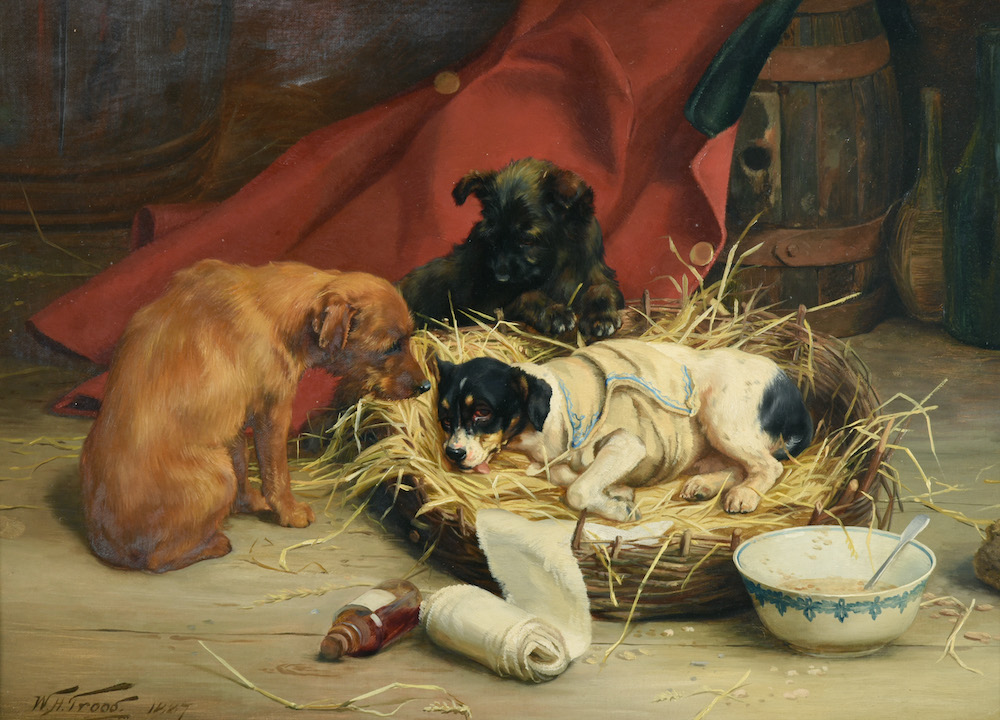All views on Peter de Wint watercolour
An important watercolour by Peter de Wint (1784-1849), ‘A View of Whitby looking down the river towards the sea‘, will be offered with an estimate of £10,000-15,000 in an upcoming sale in North Yorkshire.

Tennants Auctioneers will offer the painting in their British, European and Sporting Art Sale on November 13.
Peter de Wint was one of the finest English watercolour painters of his era, greatly admired for his expansive views of the English countryside executed in a muted palette of warm earthy colours. Born in Staffordshire to a physician father of Dutch descent who had recently emigrated from New York, de Wint served his apprenticeship with engraver John Raphael Smith before settling in London. Here he became established as a drawing master and spent most of the year teaching and painting in London, but in the summers he travelled to the countryside where he taught wealthy families and painted his much-loved landscapes. He particularly favoured the North of England, spending much time in Yorkshire, Cumberland and Westmorland; his paintings can be found in the National Gallery and the V&A.
Also of note in the sale is ‘Europa and the Bull’ by the Circle of Jean-Francois de Troy (1679-1752), estimated at £15,000-25,000, ‘St Mark’s Square, Venice‘ by Antoinetta Brandeis (1849-1910), estimated at £6,000-9,000, and ‘The Sheik’s Daughter’ by Eduard Sack (1857-1913), with an estimate of £5,000-8,000. Sack’s painting was exhibited at the Royal Academy Winter Exhibition in 1909, loaned by Mrs George McCulloch of London.
A fine selection of English watercolours includes ‘The Mouth of the River Early Morning‘ by William Callow (1812-1908), estimated at £2,000-3,000, and ‘Lake Maggiore, Northern Italy‘ by William Leighton Leitch (1804-1883), carrying a £2,000-3,000 estimate.
The Sporting section of the sale is led by ‘Shamming‘ by William Henry Hamilton Trood (1850-1899), estimated at £6,000-9,000. Signed and dated 1887, the painting was once owned by Joseph Harger Mitchell, managing director of the Halifax Building Society. Mitchell’s daughter gifted the painting to her neighbour in Greetland, in whose family it has since remained. Trood was an animal painter of some repute, who greatly favoured dogs both as companions and as subjects for his highly finished and finely detailed paintings.

Further highlights include ‘Merry Monarch, winner of The Derby, 1845′ by Henry Thomas Alken (1785-1851), estimated at £3,000-5,000, and ‘Portrait of Shortcoming, winner of the Waterloo Cup 1921‘ by Lilian Cheviot (1876-1936), with an estimate of £1,500-2,500. Painted in the year of the greyhound’s victory, Shortcoming was owned by Osbert Cecil Molyneux, 6th Earl of Sefton and the Countess of Sefton, descendants of The 2nd Earl of Sefton who founded the Waterloo Cup in 1836.


